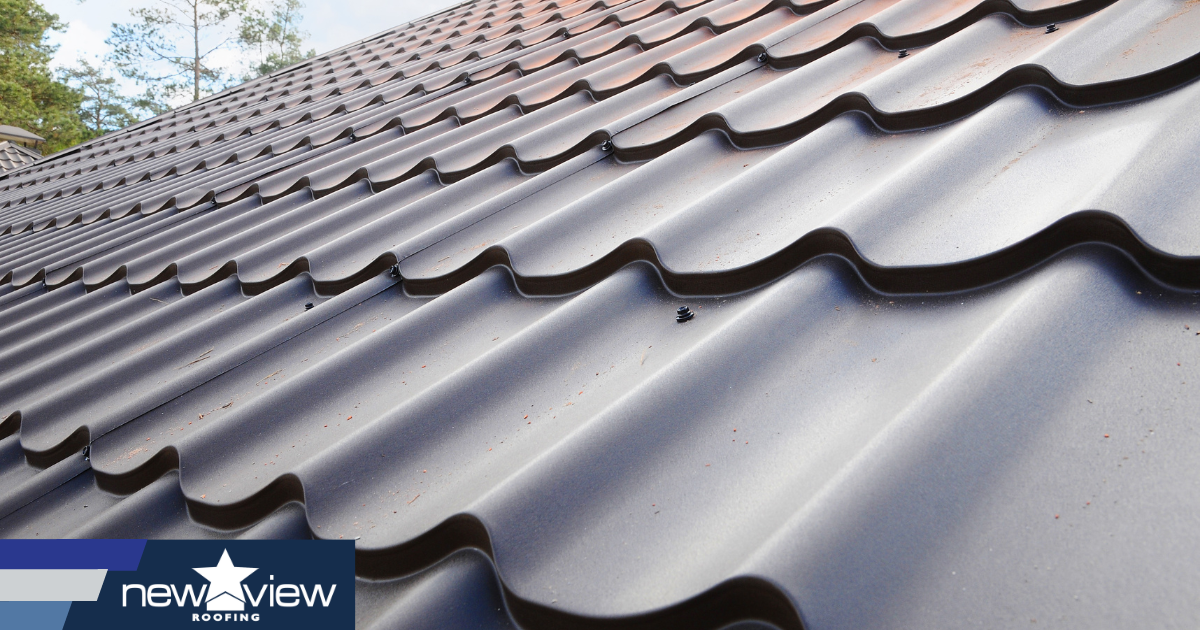Step-by-Step Overview to Locating the Right Roofing Companies in Gainesville
Step-by-Step Overview to Locating the Right Roofing Companies in Gainesville
Blog Article
Ideal Practices for Ensuring Appropriate Roof Air Flow
A well balanced intake and exhaust air vent proportion, frequently 1:300, plays an essential function, with consumption vents ideally put at the lower edge of the roofing for cool air entry and exhaust vents at the top for warm air leave. Keeping insulation away from vents is important to stop airflow constraint.
Understand Air Flow Fundamentals
Effectively understanding air flow fundamentals is necessary for making certain the durability and performance of roof systems. Efficient air flow reduces moisture accumulation and temperature extremes in the attic, both of which can cause significant architectural damages over time. A well-ventilated roof covering helps in avoiding usual concerns such as mold growth, timber rot, and ice dams, which can compromise the integrity of the roofing materials and the underlying frameworks.
The main objective of air flow is to facilitate the movement of air, enabling a consistent exchange between the exterior and indoor atmospheres. This equilibrium is attained through a combination of intake and exhaust vents that work together to maintain optimum air movement. Intake vents, normally located along the soffits or eaves, allow fresh air to go into the attic room space, while exhaust vents, typically situated at or near the roofing system ridge, allow warm, damp air to run away.
Secret factors influencing the performance of roofing air flow consist of proper placement, adequate sizing, and ensuring that both intake and exhaust vents are unblocked. Regular examination and upkeep are critical to recognize possible clogs, damages, or inefficiencies in the air flow system, consequently securing the roof's efficiency and toughness.
Types of Roof Covering Vents
Roof vents play a crucial duty in maintaining reliable attic ventilation and, by expansion, the total wellness of the roof. Different types of roof covering vents are available, each with distinct benefits customized to details roofing demands. Ridge vents, for example, are installed along the roofing's optimal, permitting cozy, damp air to run away from the attic. They offer continual air flow and mix effortlessly with the roofline, making them both effective and cosmetically pleasing.

Soffit vents are installed under the eaves and work in tandem with roof vents to make certain a balanced consumption and exhaust system. By enabling cooler air to go into from below, soffit vents facilitate the expulsion of warm air via top vents. Gable vents, situated on the exterior wall surfaces of the attic, deal an additional reliable option, especially in homes with gable roof coverings.
Analyze Your Existing Air Flow

Following, think about the age and condition of your roof covering products and air flow components. Older systems may not comply with existing building regulations or may have deteriorated gradually, decreasing their click reference efficiency. Conduct a detailed exam to identify any kind of signs of deterioration, such as corrosion, damage, or spaces that might jeopardize the system's efficiency.
Furthermore, gauge the attic room temperature and moisture degrees. High temperatures and humidity can indicate insufficient air flow.
Installation Best Practices
Reliable installation of roofing ventilation systems is critical for making certain optimal performance and long life. Proper installment starts with comprehending the certain ventilation requirements of the roofing system and the structure it covers. This includes calculating the appropriate ratio of consumption to wear down vents, commonly adhering to the 1:300 regulation, which states one square foot of ventilation for every single 300 square feet of attic room flooring area.

The placement of vents is similarly important. Intake vents must be set up at the roof's reduced edge, commonly in the soffits, to allow amazing air to get in. Exhaust vents, on the various other hand, must be mounted near or at the roofing's peak to help with the departure of cozy, wet air. This produces a natural air flow that aids preserve temperature and wetness equilibrium within the attic room space.
Seal all vent connections thoroughly to protect against air leakages and prospective water infiltration. Use high-quality products and follow manufacturer standards to ensure durability and efficiency. In addition, integrating ridge vents with baffles can dramatically boost air flow effectiveness by avoiding wind-driven rainfall and snow from entering the attic room.
Eventually, exact installation of roof ventilation systems mitigates prospective issues such as mold development, ice dams, and architectural damage, making certain the roofing system's integrity and the building's overall health.
Regular Maintenance Tips
Consistency in upkeep methods is essential to ensuring the lasting efficiency of roof covering look at this site ventilation systems. During these assessments, ensure that vents are totally free of particles, nests, and other obstructions that might hamper air movement.
Utilize a soft brush or a vacuum cleaner to get rid of dirt and debris from intake and exhaust vents. Be careful not to damage the vent screens or louvers during the procedure.
Proper insulation is just as crucial. Ensure that attic room insulation does not obstruct the vents, as this can badly restrict air flow. Rearrange or replace it to maintain a reliable obstacle. if any insulation has actually shifted or settled.
Last but not least, replace any type of damaged or missing elements immediately. Damaged vents, fractured shingles, or scrubby blinking can all contribute to poor ventilation and must be attended to immediately. Regular upkeep makes sure that the roofing ventilation system operates ideally, thereby expanding the life-span of the roof covering itself.
Final Thought
Ensuring proper roof covering ventilation is critical for keeping the effectiveness and toughness of a roof system. Adherence to the 1:300 intake and exhaust air vent ratio, coupled with the critical placement of vents, is essential.
A well balanced intake you can look here and exhaust vent ratio, generally 1:300, plays a crucial role, with intake vents ideally put at the lower edge of the roof covering for amazing air entry and exhaust vents at the peak for warm air exit. Intake vents, commonly located along the soffits or eaves, permit fresh air to enter the attic room space, while exhaust vents, frequently positioned at or near the roofing system ridge, make it possible for warm, moist air to leave.
Soffit vents are set up under the eaves and job in tandem with roofing system vents to guarantee a well balanced intake and exhaust system. By allowing cooler air to get in from below, soffit vents assist in the expulsion of warm air via upper vents. Adherence to the 1:300 consumption and exhaust air vent ratio, paired with the calculated placement of vents, is important.
Report this page